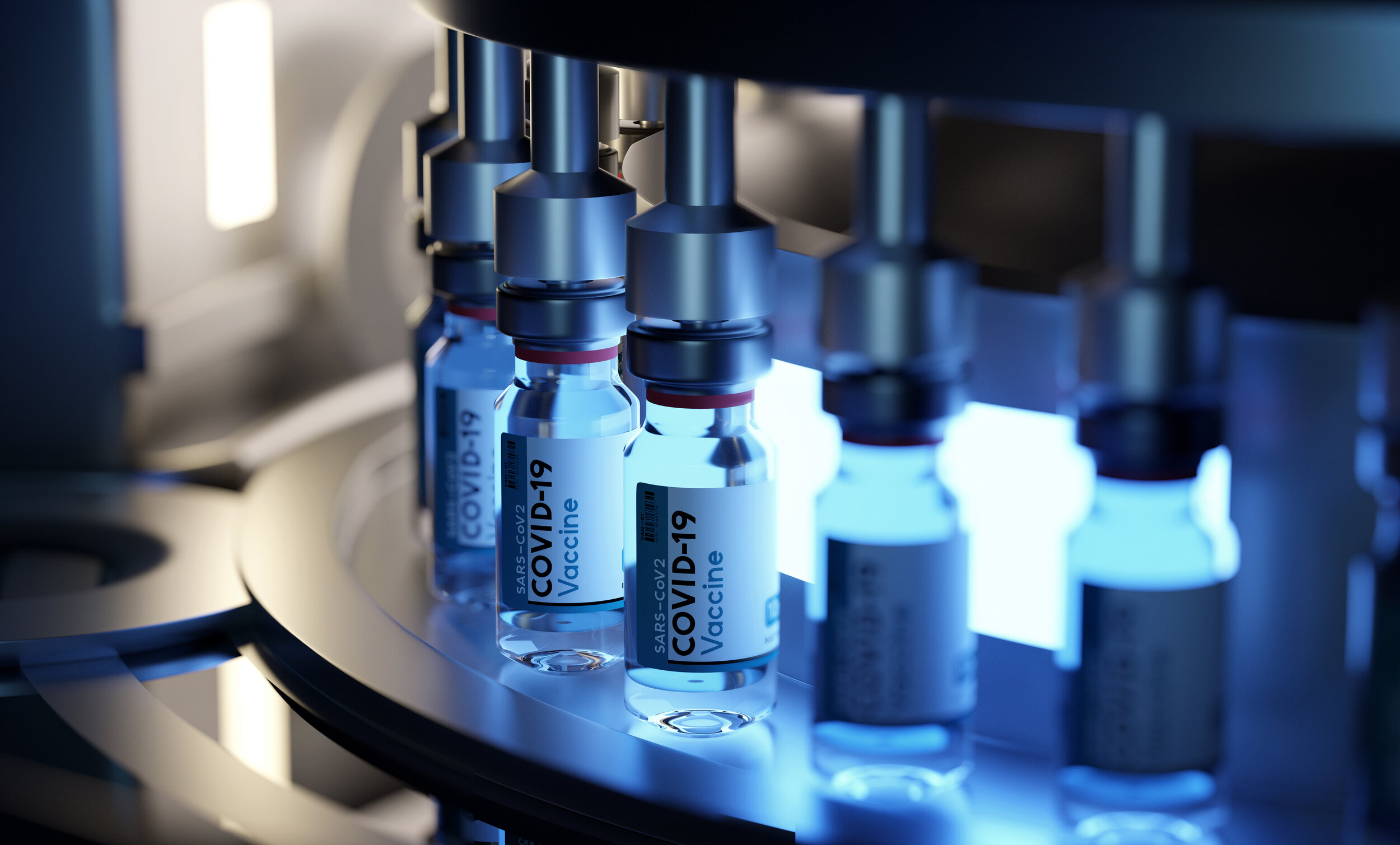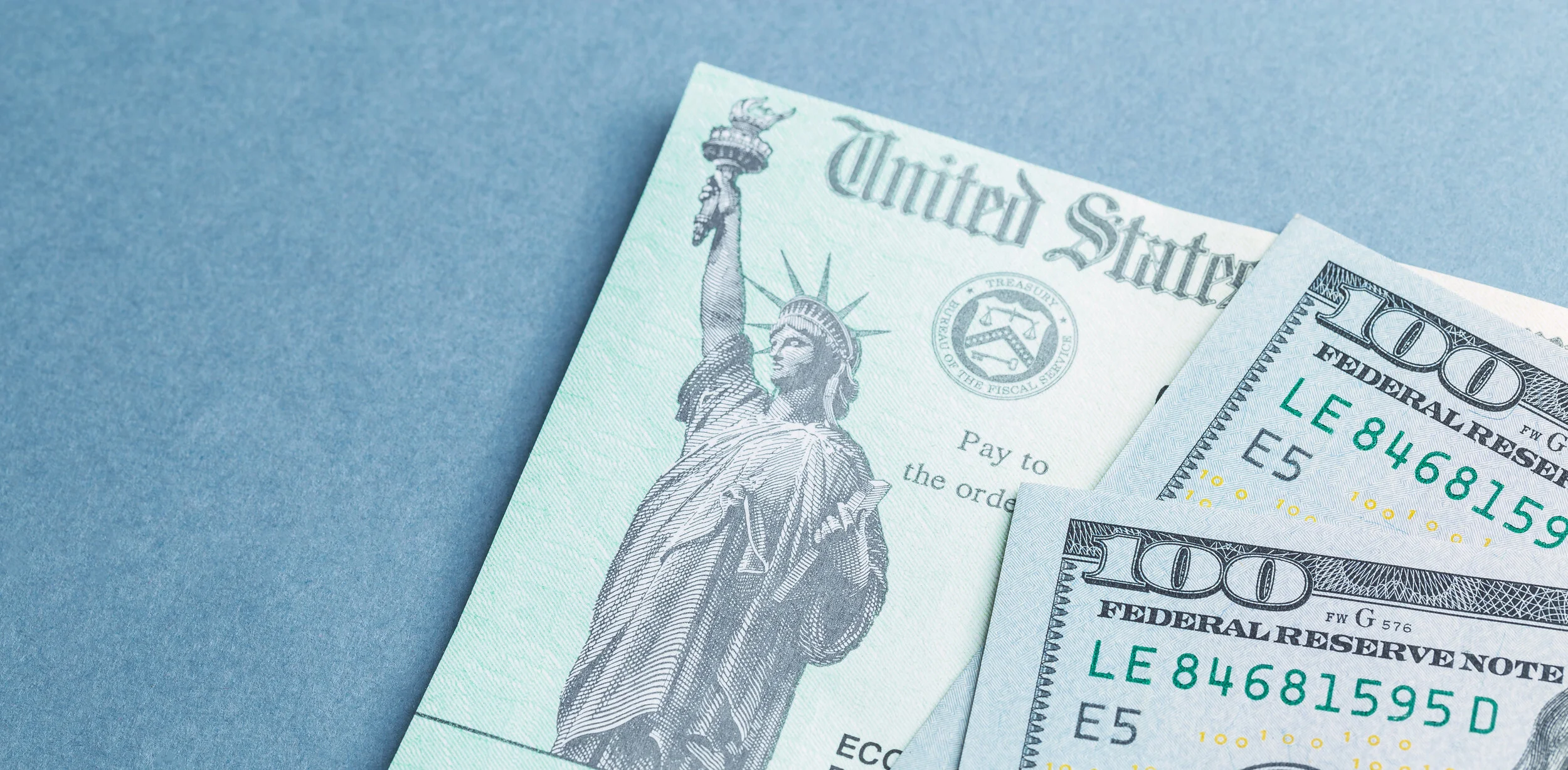Using recently available data on learning loss from pandemic school closures, PWBM estimates that projected 2051 GDP is 1.4 percent lower than it would have been without the learning loss. Extending the 2021-22 school year for all public schools by one month would cost $78 billion and limit the reduction in 2051 GDP to 1.0 percent—a net present value gain in GDP of more than $1 trillion over the next three decades, equal to a $15.14 return for each $1 invested.
COVID-19 School Closures: Long-run Macroeconomic effects
PWBM estimates that the learning loss from school closures reduced GDP by 3.6 percent in 2050. Extending the 2021-22 school year by one month would cost about $75 billion nationally but would limit the reduction in GDP to 3.1 percent. This smaller reduction in GDP produces a net present value gain of $1.2 trillion over the next three decades, equal to about a $16 return for each $1 invested in extending the 2021-22 school year.
Health and Economic Effects of Reducing COVID-19 Vaccine Hesitancy
PWBM projects that vaccinating all those eligible by reducing vaccine hesitancy would prevent up to 8.3 million cases in 2021, increase employment by 2.6 million in December 2021, and boost Q4 2020 to Q4 2021 GDP growth by 2 percentage points. In fact, failure to reduce vaccine hesitancy could lead to a “perfect storm” if people also become optimistic and increase their social contact rates beyond the baseline rates that we previously projected. Indeed, increasing social contact rates to 85 percent of pre-COVID levels by the end of 2021 would lead to up to 4.6 million additional COVID-19 cases in 2021.
COVID-19: Cost of virtual schooling by race and income
PWBM estimates that schools in the Philadelphia and surrounding suburb districts with more Black students are less likely to reopen with in-person instruction relative to schools with more White students, even after controlling for differences in income by district. By March 2021, Black students in grades K-5 have incurred a 11.9 percent loss in lifetime income from school closures while White students have lost 10.4 percent. Students educated in the city face larger losses than students educated in the surrounding suburbs.
Epidemiological and Economic Effects of the COVID-19 Vaccine in 2021
This brief analyzes the epidemiological and economic effects of maintaining, increasing, or decreasing the current pace of daily COVID-19 vaccinations. PWBM projects that doubling the number of vaccine doses administered daily would boost employment by more than 2 million and real GDP by about 1 percent over the summer of 2021, with smaller effects later in the year.
Interactive Map: New Data on 2020 CARES Act Stimulus Checks
This post presents new state-level data on the $271.4 billion of stimulus checks in the CARES Act as of March 2020, breaking down the 161.9 million payments by amount, method of receipt, and recipient household type.
Response to the White House’s Critique of PWBM’s COVID Relief Analysis
On February 3, 2021, PWBM released three analyses of the $1.9 trillion Biden COVID relief plan: a budgetary analysis of the direct aid provisions, a macroeconomic analysis of the full relief package, and a background report on the 2021 economy. Critiques of our analysis have focused on two conclusions from this background document: 1) our assessment of the current state of the economy and 2) our results that suggest 27 percent of stimulus checks would be spent on consumption. As always, PWBM welcomes responses to our work, and we are glad for this opportunity to provide additional clarity on our analysis and its results.
Direct Aid in the Biden COVID Relief Plan: Budgetary and Distributional Effects
PWBM estimates that three provisions in the Biden COVID relief plan—direct payments, expanding the Child Tax Credit, and expanding the Earned Income Tax Credit—together would cost $595 billion in calendar year 2021, with 99 percent of households in the bottom 80 percent of incomes receiving a benefit.
Macroeconomic Effects of the $1.9 Trillion Biden COVID Relief Plan
PWBM estimates that the $1.9 trillion in spending in the full Biden relief plan would increase GDP in 2021 by 0.6 percent. Over time, the additional public debt resulting from the Biden plan would decrease GDP by 0.2 percent in 2022 and 0.3 percent in 2040.
Background: Marginal Propensities to Consume in the 2021 Economy
PWBM projects that the broad distribution of relief payments in the Biden administration’s proposed plan will flow largely into household savings and will produce only small stimulative effects, with 73 percent of the stimulus going directly into household savings. Sectors affected by the pandemic still face restrictions and are unlikely to grow from stimulus payments, while much of the rest of the economy is operating close to productive capacity.
School Reopening During COVID-19: A Cost-Benefit Analysis for Philadelphia Suburbs
We estimate the average cost of a COVID-19 infection for four Philadelphia-area counties at $8,000 to $13,000, less than half of our national average cost estimate ($27,230). We estimate a trade-off between cost of infections to the community from in-person schooling versus the lost future earnings to students from closing schools. For example, if Montgomery county had implemented full in-person school in the fall, we project the costs of infection would have been at most $429 million. However, closing schools costs students as much as $4.4 billion in present value of future wages.
Startups and Job Creation in the COVID-19 Economy
As of mid-November, there have been 700,000 more business applications in 2020 than at the same point in 2019, especially concentrated in pandemic-affected industries such as online retail. Accounting for this change in industry composition, we project that the 600,000 additional applications in the first three quarters of 2020 will result in 27,000 more employer businesses formed by Q3 2021 and about 120,000 additional jobs.
COVID: Trade-offs in School Reopening
We estimate that each month of school closures in response to the COVID pandemic cost current students between $12,000 and $15,000 in future earnings due to lower educational quality. We also estimate total value-of-life, medical, and productivity costs per infection at $38,315 for September 2020. Using these costs, we calculate the cost-benefit threshold to keeping schools closed for October at over 0.355 new expected infections in the community per student kept out of school.
Penn Wharton Budget Model COVID-19 Tracker
The Penn Wharton Budget Model COVID-19 Tracker provides daily, real-time estimates of economic activity and of the evolution of the COVID-19 pandemic at the state level.
Short-Term Economic Effects of the Trump $1 Trillion Infrastructure Plan
We estimate that the anticipated Trump administration bill to invest $1 trillion in infrastructure would increase GDP up to $720 billion through June 2022.
The Diminishing Effect of Physical Encounters on Coronavirus Transmission
We estimate that the effect of physical encounters on coronavirus transmission has fallen over time, suggesting that people have adapted their behavior in accordance with social distancing best practices. Whether reopenings cause additional outbreaks will depend on the continuation of these behavior changes.
The Impact of the Coronavirus Pandemic on Social Security’s Finances
PWBM projects that the ongoing coronavirus pandemic reduces the OASDI trust fund depletion date by four years, from 2036 to 2032, under the “U-shaped” recession projected by PWBM. If the recovery is faster (“V-shaped”), the trust depletion date falls by two years, from 2036 to 2034. The conventionally-measured OASDI 75-year actuarial balance worsens between 0.07 and 0.13 percent of future payroll.
The Long-Run Fiscal and Economic Effects of the CARES Act
PWBM estimates that the CARES Act increases GDP by about 5 percent in 2020 while lowering GDP by 0.2 percent in 2030.
Coronavirus Policy Response Simulator: Health and Economic Effects of State Reopenings
Using an integrated, interdisciplinary modeling approach, this simulator forecasts the state-level health and economic effects of reopening businesses and relaxing stay-at-home orders. This simulator will be updated regularly as new data arrive.
The Precarious Position of Pennsylvania Healthcare Providers
We report results from a survey of Pennsylvania physicians, finding that more than half report large decreases in hours worked for staff in their workplaces and 44 percent anticipate their income to decrease by more than half. We estimate PA doctors could lose $6 billion in income during 2020 Q3, with 45 percent of those in private practice anticipating shutting down within the next six months.










